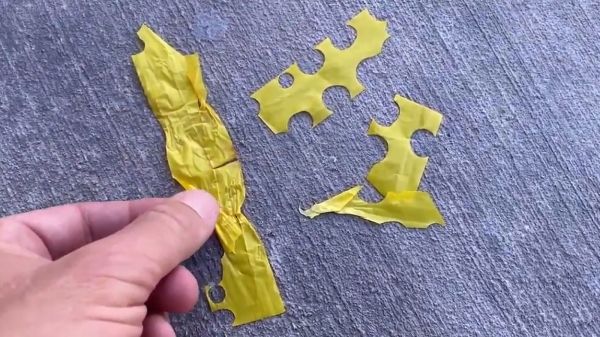Plastic has become ubiquitous in modern life and its accumulation as waste in the environment is sounding warning bells for the health of humans and wildlife. In a recent study, Utah State University scientist Janice Brahney cited alarming amounts of microplastics in the nation’s national parks and wilderness areas.
Bioengineers around the world are working to develop plastic-eating “super” enzymes that can break down the man-made material’s molecular structure faster to aid recycling efforts. In another research effort published in 2019, entomologists noted leaf-cutter bees were using plastic waste to construct their nests. The researchers suggested such behavior could be an “ecologically adaptive trait” and a beneficial recycling effort.
Not so fast, says USU evolutionary ecologist Joseph Wilson. Just because bees can use plastic, doesn’t mean they should.
Wilson and undergraduate researcher Sussy Jones, along with colleagues Scott McCleve, a naturalist and retired math teacher in Douglas, Arizona, and USU alum and New Mexico-based independent scientist Olivia Carril ’00, MS’06, jointly authored an observational paper in the Oct. 9, 2020 issue of Science Matters, exploring the nest building behavior of bees in the genus Megachile.
Continue reading at Utah State University.
Image via Utah State University.


